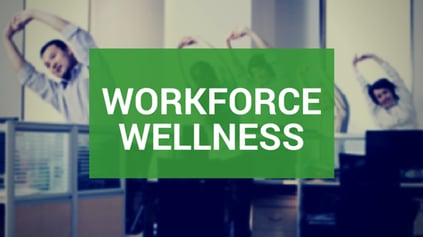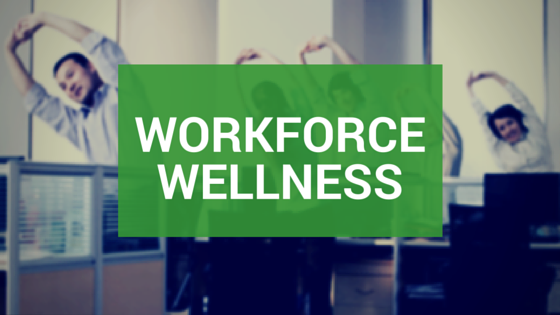Poor physical and mental health are some of the leading contributors to inadequate employee performance. These conditions can be easily prevented or treated, but are often overlooked. This is especially true in offshore locations as employees are away from their familiar environment, friends, and family for long periods of time.
Physical Health
80% of offshore medical evacuations are non-occupational, meaning they originated outside of the workplace, but still impacted job performance. With an increasingly aging workforce, often called the Silver Tsunami, it is imperative that an organization evaluates and maintains its employees' health records to ensure they can perform their required duties safely.
Organizations need to invest in their people by implementing appropriate interventions that will significantly improve their employees’ quality of life, both physically and mentally. Often times, this requires the organization to undergo a huge paradigm shift in the way they recruit, screen, train, and encourage wellness to employees.

There are various types of recruiting and screening exams that can aid in maintaining a safe and healthy workplace. Examples of exam components are:
- Evaluating medical history and medications
- Physical Performance (Lifting, climbing, pushing, pulling, grip, manual dexterity, aerobic capacity)
- Color Vision
- Depth Perception
- Pulmonary
- Cardiac
- Neurological
- Respirator
Exams should aim to paint a holistic picture of the employee’s overall health, and all components should be considered before assigning them to duty. It is common for an employee to pass exams regarding their specific job functions while their overall health is ignored. For example, a 400lb male with sleep apnea is cleared by medical professionals to work offshore as a Vessel Captain, even after a sleep study showed his longest sleep apnea was 1.5 minutes. What risks are the organization taking on by allowing him to be on watch? What accidents could happen should he have another 1.5 minute apnea? In another example, a 38 year old male with a history of seizures who takes four prescription medications a day, multiple times a day, is cleared to work offshore for long periods of time. He may function, on his medication, just like anyone else, but what could happen if he runs out of medication while offshore? What if he is performing a risky task and has a seizure? Exams must look at more than just the standard job requirements.
Mental Health
While an organization’s focus on physical health is valuable, an employee’s mental health, such as stress and anxiety, should not be overlooked. There are many contributors to stress that impact individual and organizational performance, particularly when working offshore. Some major contributors to stress are:
- Unpleasant working conditions due to noise, vibration, and heat/cold
- Inadequate leisure facilities to occupy free time/for non-smokers
- Sharing living and sleeping accommodations/lack of privacy
- Concern about job-related diseases and disorders
- Long, back-to-back shifts
- No quiet room to unwind when finishing a shift
- Unhealthy offshore diet
- Loss of space and time markers
These contributors lead to demotivated employees who are less likely to engage in a wellness initiative to improve their well-being. Employees who do not engage in wellness initiatives are more likely to have poor health and are therefore subject to increased job-related risks. Increased incidents may result in more costs to the company and – in some cases – a reduction in profits.
What can you do?
Organizations can encourage employees to maintain their health through wellness initiatives. The ability to execute a successful wellness program can benefit the organization immensely; not only will there be an improvement in employee health both physically and mentally, but there are reduced medical evacuations (via expensive and dangerous medevacs) and healthcare costs, reduced lost productive time, and an increase in profit.
As an organization, ask yourself:
- How do we currently evaluate an employee’s physical and mental health?
- Are we evaluating them beyond their direct job requirements by considering mental health and other components?
- Are we periodically monitoring their physical and mental health throughout the lifecycle of their job?
- What tools could we use to implement an appropriate process?
EHS Insight provides a simple, EHS software solution that can help you collect, organize, and maintain relevant employee health records and exams. Request a demo and receive a free trial today.

